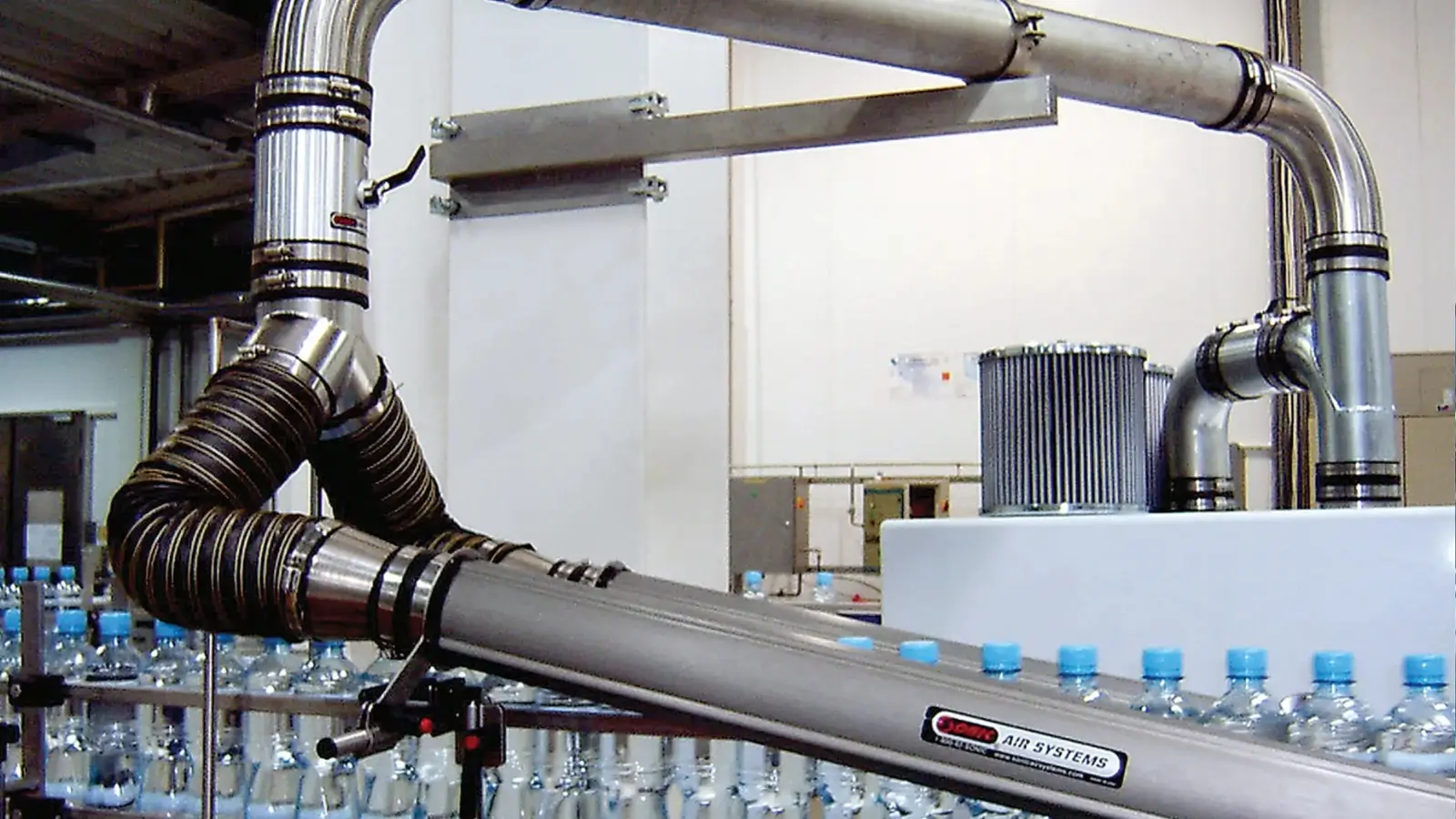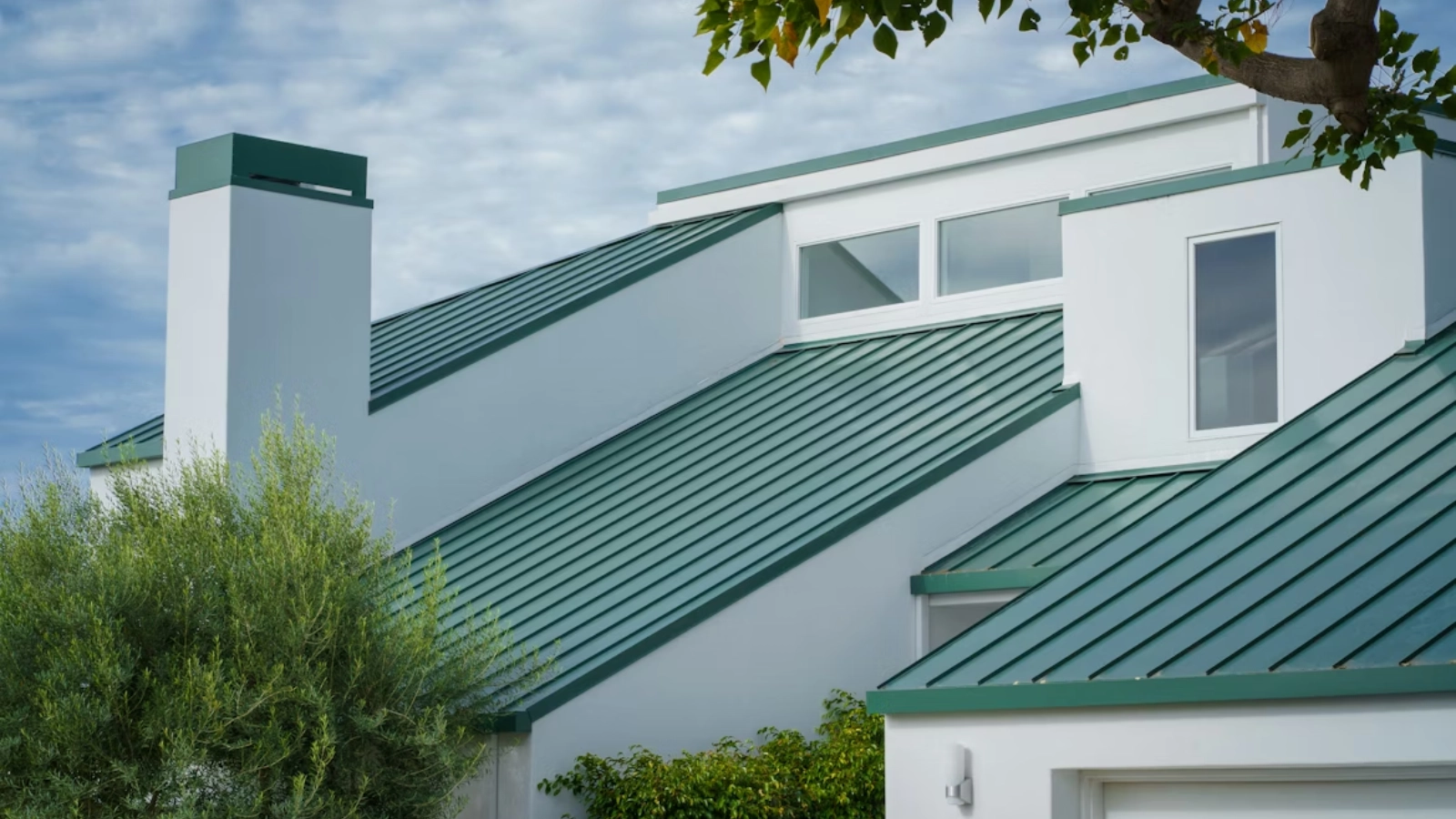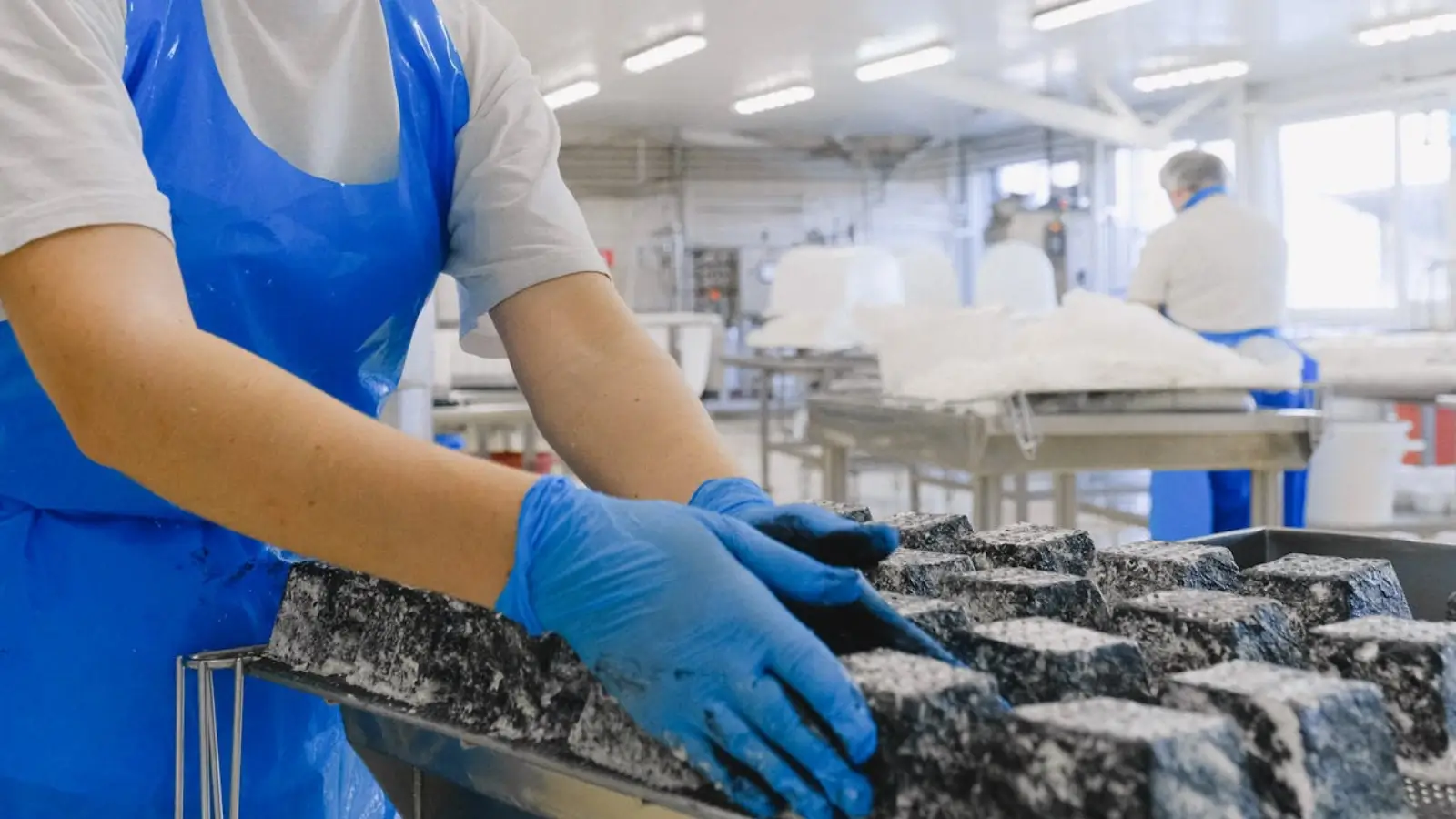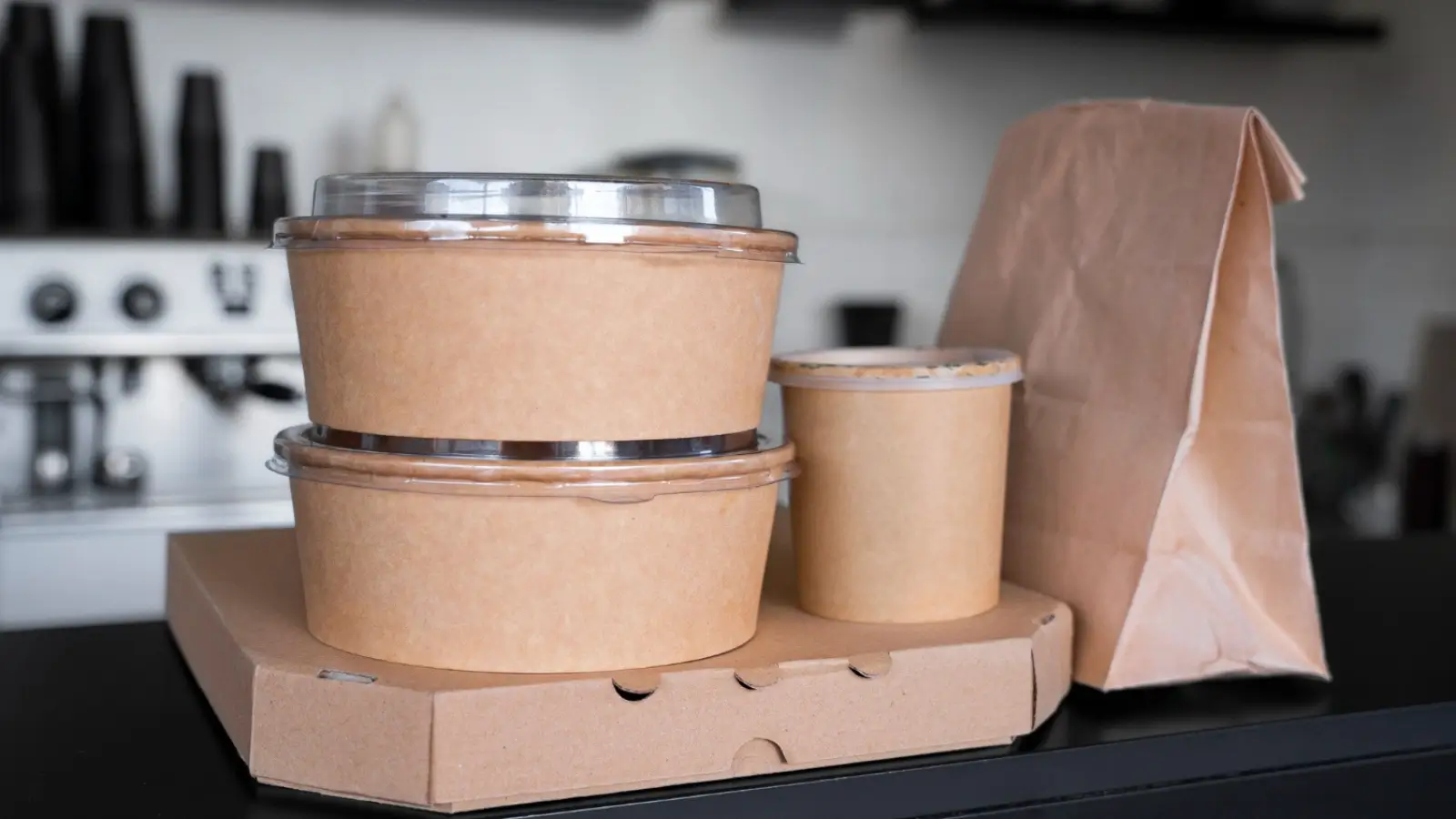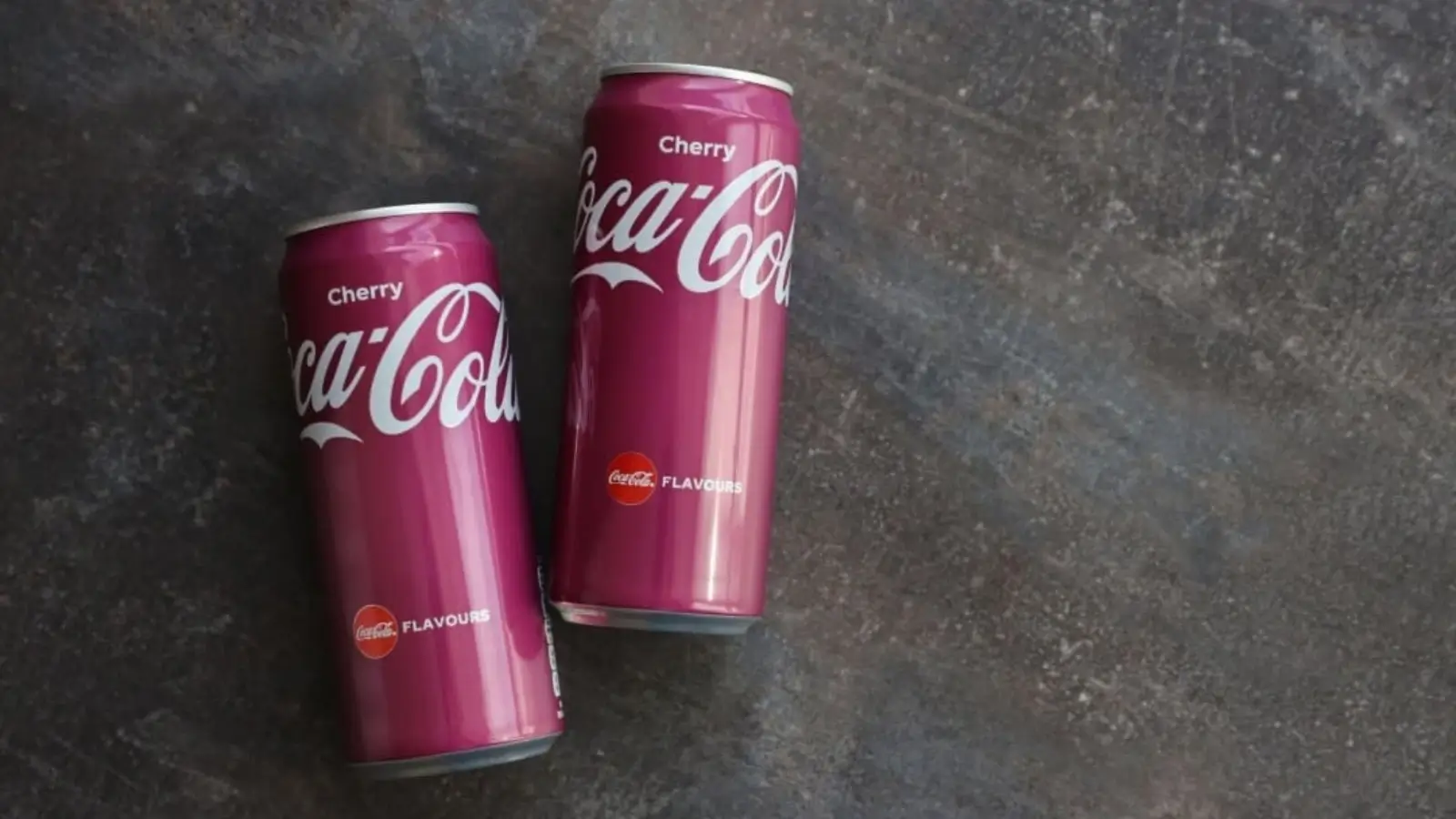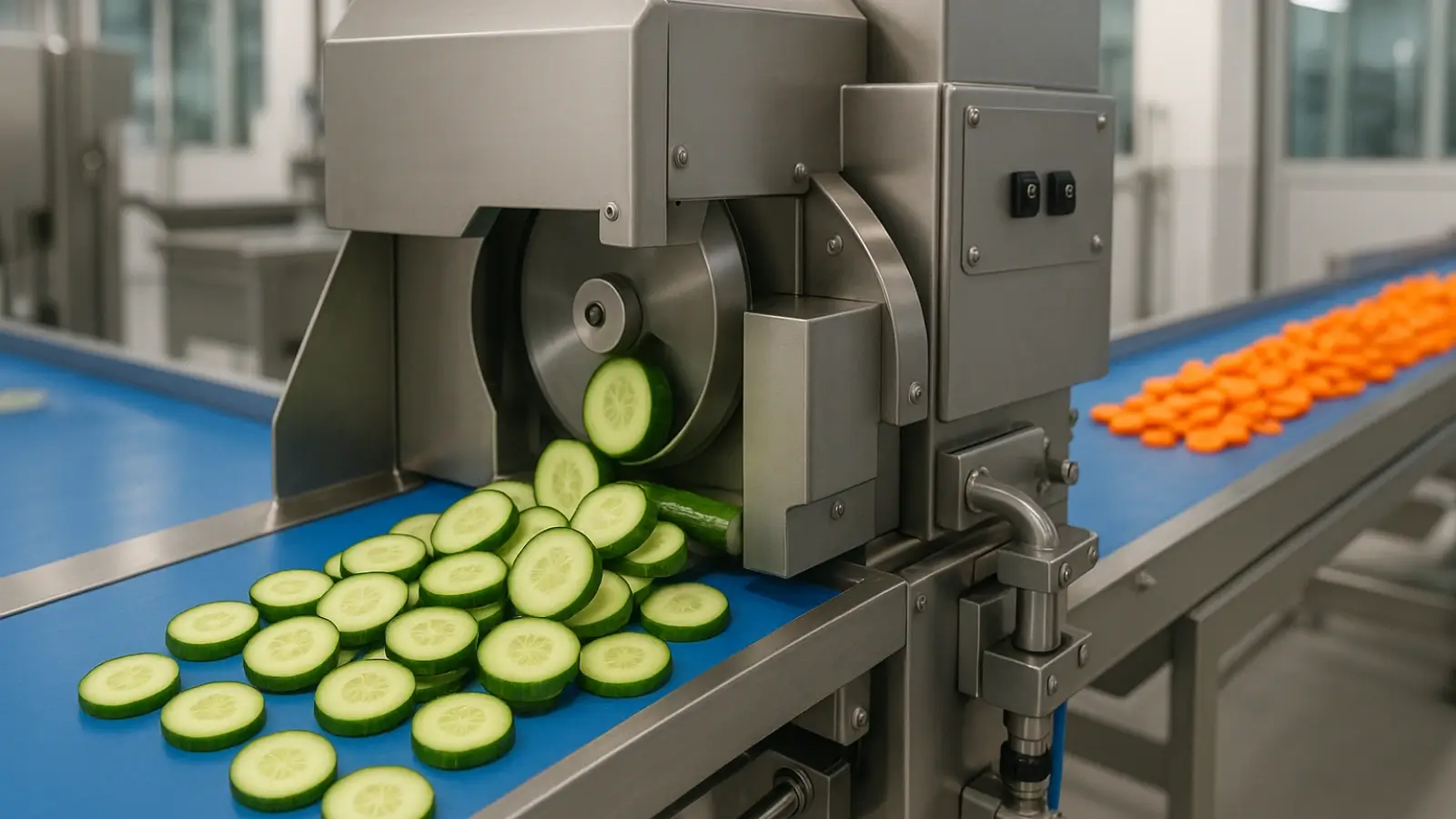The desire for cool beverages increases as the summer heat increases. Air Knife systems subtly contribute to the seamless operation of the industry amidst the hectic, high-pressure summer bottling lines. It's no secret that warmer temperatures encourage people to drink more beverages, which frequently strains production facilities. More output per hour, quicker turnaround times, and a lower threshold for inefficiencies are what this means for manufacturers. But faster speeds can make moisture-related problems worse, particularly in canning and bottling processes.
Condensation from refrigerators or surplus water from rinsing stations can lead to mechanical mistakes, hygienic problems, and labeling problems. Air knife systems are crucial in this situation. During the warmest months of the year, they assist beverage facilities in staying compliant and on schedule by effectively eliminating residual moisture at critical phases of production.
Why do you need it on food and beverages
Enhanced Efficiency in Energy Use
In contrast to manual drying techniques or compressed air, Air Knife systems provide a more energy-efficient option. During high-output seasons like summer, this efficiency translates to noticeable cost savings.
Improved Line Performance
Package slippage, sensor malfunctions, and conveyor belt clogs can all be caused by moisture. Product drying at strategic transfer points reduces downtime from cleanup or mechanical problems and maintains line efficiency.
There was no need for blow-off or other drying techniques because the majority of these solvent-based cleaning chemicals just vanished. The switch to aqueous and semi-aqueous-based parts cleaning systems was started by the printed circuit board industry, despite the fact that it was still in its infancy.
water-based inks, paints, varnishes, adhesives, and other solutions utilized in a variety of manufacturing sectors. The once-specialized industry of air knives became an industry as a result of the Montreal Protocol and global industrial adherence to environmental stewardship requirements.
An explanation of the operation
On a production line, air knives typically have lengths between 0.25 and 200 inches (6.4 and 5,080.0 mm) and discharge air slots or holes between 0.001 and 0.25 inches (0.025 and 6.350 mm). Depending on the application requirements, a stationary air knife configuration may need anywhere from one to twelve air knives. An air generator, such as an air compressor or industrial blower, blasts air through the air knife slots to provide the required exit air volume and velocity.
When deciding between compressors and blowers, there are numerous application, environmental, efficiency, and duty cycle factors to take into account. Primary plant air can be used with compressed air, which is the least effective when used for air knives that discharge into free air. The air knives are perfect for small places because the piping diameters that supply them can be as small as 1⁄4 in (6.4 mm) in diameter. Although larger supply pipes and blower-powered air knives are required, the cost savings on electricity easily outweigh the efficiency gain over compressed air.
Conclusion
Air knives can be found in a wide range of settings, applications, and industries. There are many different forms and sizes of air knife designs that can discharge the invisible-high velocity air streams. These include the most exotic metals used in air knives for class 100 clean rooms, as well as "garage built" devices with a low degree of precision.
Some manufacturing facilities have installed air knives inside an enclosure when it becomes crucial to reduce noise and contain moisture around a conveyorized air knife installation. These enclosures confine water, lessen air knife noise, and even get rid of any liquid that would pose a safety risk.

